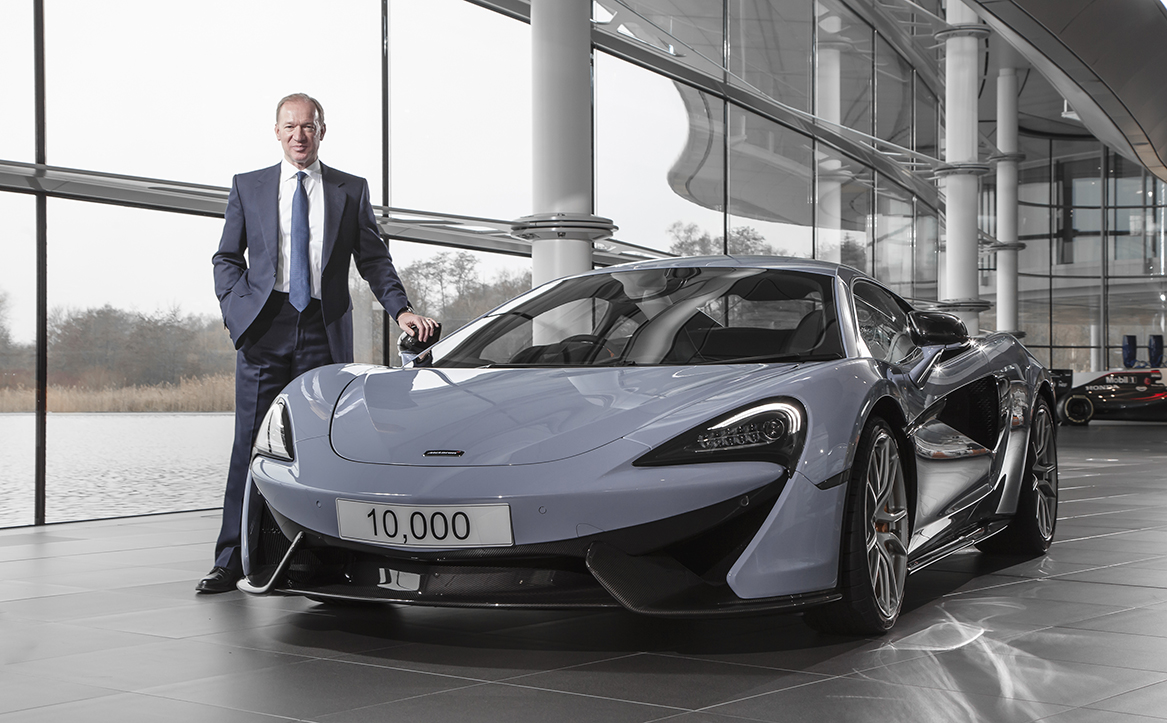McLaren is showing its latest road going McLaren Super Series successor at the Geneva motor show in March, stating that the next generation supercar will gain a number of dynamic and handling improvements over the current model.
New features include an updated version of their Proactive Chassis Control and a new variable drift control mode as well as increased aerodynamics which will combine to give the new Super Series “the widest breadth of dynamic ability of any McLaren,” according to the McLaren PR handout.
The Proactive Chassis Control II system is split into three different modes – comfort, sport or track – to control the levels of cornering grip, dynamic response and comfort depending on the driving conditions. (I mean everyone buys a McLaren to do the grocery shopping on Saturday morning, so select “comfort”.)
The system is able to read inputs from the road and measure levels of tyre contact to instantly adjust suspension dampening thanks to the use of multiple sensors – 12 more than the existing model – including accelerometers on each of the wheel hubs.

McLaren Automotive executive director product development Mark Vinnels said the overall handling of the new Super Series would create a new level of driver involvement for the brand.
“Proactive Chassis Control II generates a significant amount of additional grip, but not at the expense of the balance and feel of the car,” he said.
“The depth and breadth of handling precision and ride comfort in combination with the peerless level of driver involvement in the second-generation McLaren Super Series is simply extraordinary.”
The other feature revealed by McLaren called variable drift control, allows drivers to vary the intensity of the car’s electronic stability control with the swipe of a finger, meaning they can control the level of tail-happy drifting to suit their driving ability. (This does require some basic car control.)
In previous teasers McLaren has revealed that its new Super Series – models beginning with the number 6 – will feature a lightweight chassis with liberal use of carbon-fiber, and has claimed that aerodynamic improvements will make it twice as aerodynamically efficient as its predecessor.
The manufacturer has also just revealed that its next generation of combustion engines will be co-developed with BMW, with the aim of achieving a higher power output per capacity while lowering CO2 emissions at the same time, however it is unknown whether the new engines will be developed in time to make it into the new Super Series model.
It is also likely that at some point in its life cycle the new Super Series will feature a variant with a petrol-hybrid drivetrain, in accordance with McLaren’s Track22 business plan that will see the company release 15 new cars or variants by 2022, with more than 50 percent of those to be hybrid.




